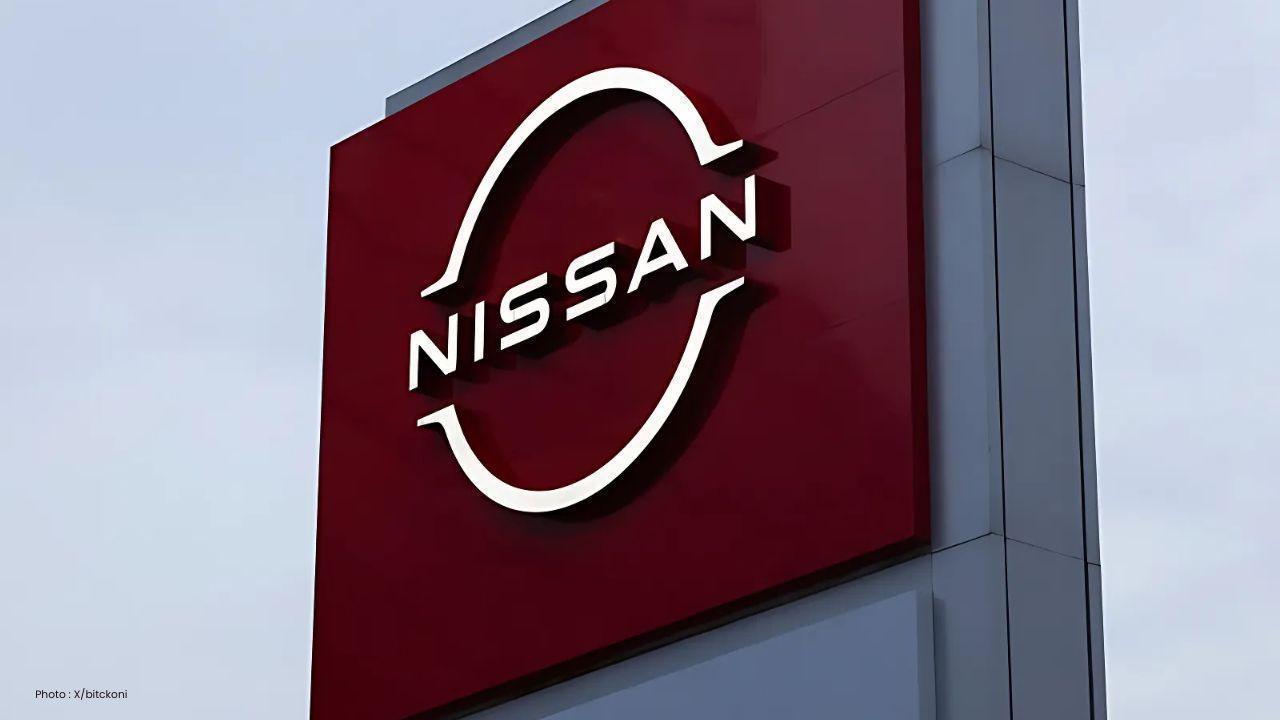
Post by : Avinab Raana
Nissan has revealed it is developing its most advanced driver-assistance system yet, built in collaboration with AI startup Wayve, with a target rollout in Japan by fiscal year 2027. The new system will represent a significant upgrade over existing assisted-driving offerings, aiming to better navigate complex urban environments where pedestrians, cyclists, parked vehicles, and unpredictable scenarios make automation especially challenging.
Early test vehicles using this system are based on Nissan’s electric Ariya model. These prototypes are equipped with an array of sensors- 11 cameras, multiple radar units, and a high-resolution lidar sensor to feed data into Wayve’s adaptive AI Driver software. The system is being tuned for “Level 2” autonomy: meaning drivers still must remain attentive and ready to take control, but many real-world driving tasks will be handled by the technology itself.
The collaboration builds on Nissan’s ProPILOT legacy, which first launched in 2016 and has since evolved, especially for highway driving. The upcoming version aims to expand its competence into city streets stop-and-go traffic, traffic lights, lane keeping in tight roads. Wayve’s AI learns from real driving data rather than relying purely on static maps, which helps with generalising to unseen situations, a must for crowded intersections and unpredictable pedestrian behaviour.
This system will rely heavily on sensor fusion combining camera, radar, and lidar data with advanced perception models that can detect obstacles, predict movement of road users, anticipate hazardous situations, and react in real time. The technology aims to reduce false positives (e.g. unnecessary hard braking) and improve smoothness in automated responses, balancing safety with riding comfort.
Important fact: the 2027 launch timeline suggests Nissan is giving itself time for thorough validation under regulatory regimes and real-road tests. The shift to urban performance is significant because many earlier driver-assist systems excel on highways but struggle in environments where behaviour is less predictable. Also, because it maintains Level 2 classification, legal and safety frameworks still mandate driver readiness, helping conform to existing regulations while laying groundwork for potential future advancement.
Adoption of this new system could reshape competitive dynamics. Car buyers increasingly expect advanced safety and automation features; by 2027, competitors will already be deep in deployment of similar or more advanced systems. Nissan’s move signals it doesn’t want to fall behind rivals that are pushing toward Level 3 or beyond. For Wayve, the deal is a major OEM validation of its AI-based driving technology, raising its profile among other automakers looking to license adaptive driving systems rather than build from scratch.
In terms of user impact, the new ADAS should reduce typical driver stress points: weaving traffic, sudden stops, pedestrian crossings, and narrow lane changes. Commuters in urban areas should benefit from smoother city cruising, fewer harsh interventions from driver-assist, and reduced risk of minor collisions or near misses. This could also lower insurance costs if data shows reduced accident rates.
Key challenges remain: ensuring sensor reliability in adverse weather (fog, rain, low light), calibrating algorithms to local traffic norms (which differ country to country), dealing with hardware cost (especially lidar), ensuring secure software updates, managing privacy of sensory data, and ensuring consistent regulatory approval in each market. For GCC markets, for example, sand, heat, and sun glare may stress the sensors and AI.
From a manufacturing and product planning standpoint, Nissan will have to decide which models will carry this new ADAS first. The Ariya EV is currently being used for testing; high-end trims and flagship models often lead adoption before technology trickles down. Pricing will also matter: if the ADAS premiums are high, it may limit uptake unless bundled or subsidised.
In conclusion, the Nissan-Wayve partnership marks a turning point in driver-assistance systems. Positioned for launch by 2027, this upgraded ProPILOT system promises urban capabilities beyond existing highway-focused ADAS, bringing greater safety and smoother driving to city streets. For consumers interested in smarter mobility, sensor technology, and AI-driven safety, this is a development worth watching closely.
#trending #latest,Nissan ProPILOT Wayve ADAS, Level 2 driver-assist, autonomous driving 2027, sensor fusion in cars, Wayve AI driver, Nissan Ariya tech










Advances in Aerospace Technology and Commercial Aviation Recovery
Insights into breakthrough aerospace technologies and commercial aviation’s recovery amid 2025 chall

Defense Modernization and Strategic Spending Trends
Explore key trends in global defense modernization and strategic military spending shaping 2025 secu

Tens of Thousands Protest in Serbia on Anniversary of Deadly Roof Collapse
Tens of thousands in Novi Sad mark a year since a deadly station roof collapse that killed 16, prote

Canada PM Carney Apologizes to Trump Over Controversial Reagan Anti-Tariff Ad
Canadian PM Mark Carney apologized to President Trump over an Ontario anti-tariff ad quoting Reagan,

The ad that stirred a hornets nest, and made Canadian PM Carney say sorry to Trump
Canadian PM Mark Carney apologizes to US President Trump after a tariff-related ad causes diplomatic

Bengaluru-Mumbai Superfast Train Approved After 30-Year Wait
Railways approves new superfast train connecting Bengaluru and Mumbai, ending a 30-year demand, easi